One of Southern Africa’s most beautiful and popular safari vacation destinations, the UNESCO World Heritage Site of the Okavango Delta is Botswana’s crowning glory. This inland delta is fed by the impressive Okavango River and is unique in that it flows into the middle of Botswana, rather than the sea.
The source of the river is more than 1200m above sea level in the Angolan highlands. At the source, it is known as the Rio Cubango and flows some 1600 km southwards through Namibia into Botswana. Here, the water drains into the Moremi Game Reserve, forming the largest natural oasis in the world.
One of the few naturally occurring deltas in the world, the Okavango Delta attracts thousands of nature lovers and wildlife aficionados looking for an incredible vacation in one of Africa’s most highly sought after destinations.
How the Okavango Delta was formed
At 60 000 years old, the 15 000 square kilometre wetland ecosystem of the Okavango Delta is an anomaly. Most deltas are river mouths, where the fresh waters of a river system empty into the saline waters of the ocean. The Okavango Delta, however, empties into a flood plain in the northwest of the Kalahari Desert in Botswana, creating a vast network of waterways and seasonally flooded plains.
It is believed to have formed two million years ago when the waters of the Okavango River would have drained into a lake in the vicinity of the Makgadikgadi Pans in Botswana. After a large earthquake struck the region some 50 000 years ago, shifting the land between Namibia and Botswana, the river changed its route resulting in the unusual location of the delta today.
The animals adapted to the new landscape with baboons, monkey and leopard making the Jackalberry trees their new home. Elephants and hippopotamus populations flourished in the marshy wetland paradise and lion refined their hunting methods in this sodden earth to prey on large water-dwelling buffalo and antelope.
Weather, rainfall and flood patterns of the Okavango Delta
Due to the seasonal flooding and rainfall it receives, the weather of the Okavango Delta creates interesting patterns. Technically, the delta is an alluvial fan made up of two unmistakable regions; the perennially-flooded swamplands and the seasonal bog, which is flooded in varying degrees during the wet season from November through to March. Here, annual rainfall is around 450mm.
This desert oasis changes each year due to variances in rainfall, new channels created by feeding hippopotami and the growth of vegetation that closes others. Summer rains that fall in the highland plans of Angola flow down the Okavango River and surge into the Delta, increasing the water level and saturating the area from March to June each year.
Between the dry months from June to August, the Delta expands and swells to three times its size creating one of Africa’s largest concentrations of wildlife.
Best time to visit the Okavango Delta
With distinct dry and wet seasons, it’s always a good time to visit the Okavango Delta.
- The dry season from July to October is popular with tourists, as the water levels in the delta are high and wildlife teems the flooded plains, creating excellent game viewing opportunities. Be sure to pack warm clothes, though, because even though daytime temperatures can be moderate, the early mornings and evenings can see temperatures plummet to just above freezing.
- The wet months from November through to March are hot and humid, with thundershowers and short downpours common throughout the day. Mornings are ideal for getting out and about to view game by boat or in a safari vehicle before the rain sets in and cools the day down.
- April and May see this desert oasis turn emerald green as the rains subside and the dry season begins with plenty of sunshine and pleasant, warm conditions.
With its breathtaking natural beauty, an abundance of wildlife and luxury accommodation options aplenty, travellers on an Okavango Delta safari can enjoy this slice of paradise at any time of the year.
Home to not only Africa’s Big Five but also exotic and rare water buck such a red lechwe, sitatunga and sable antelope, visitors can enjoy watching herds of happy hippopotamus and elephant lumber across the grassy plains of this fluke of nature, the Okavango Delta.
Home to a variety of wildlife, an Okavango Delta safari is a once-in-a-lifetime experience that guarantees a spellbinding and memorable vacation for all travellers, depending on which season they choose to visit.
What could be better than speeding down the serpentine channels on a water safari, soaking up the sights and viewing the many animals that call this desert oasis home?
Get in touch and we’ll help you plan your bespoke Botswana and Okavango Delta safari vacation.
For more information on this incredible natural phenomenon, read our destination Guide on Botswana’s Okavango Delta.


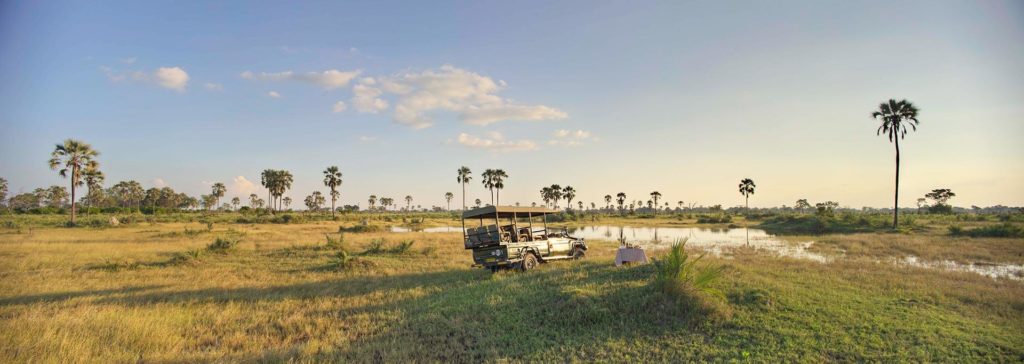
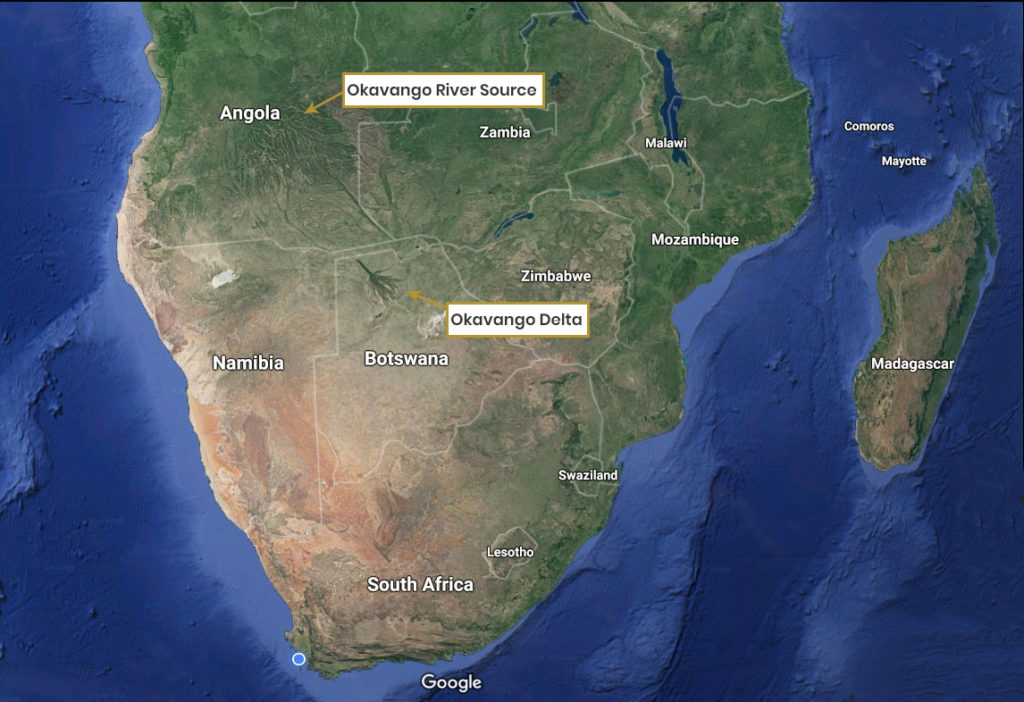
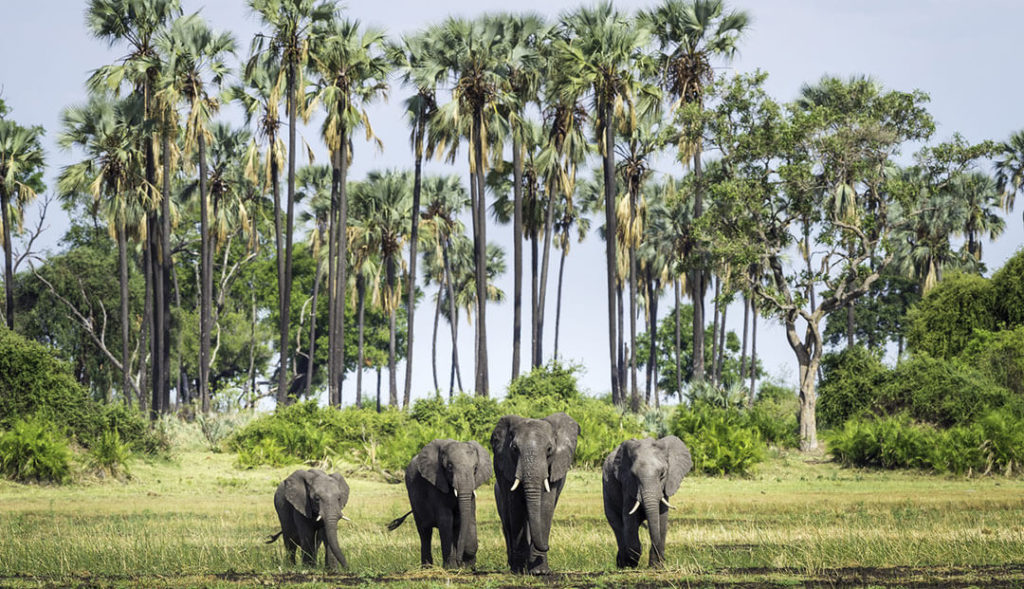
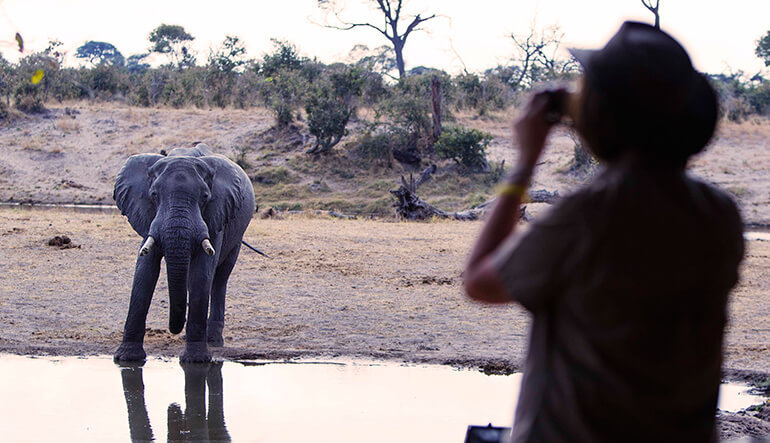
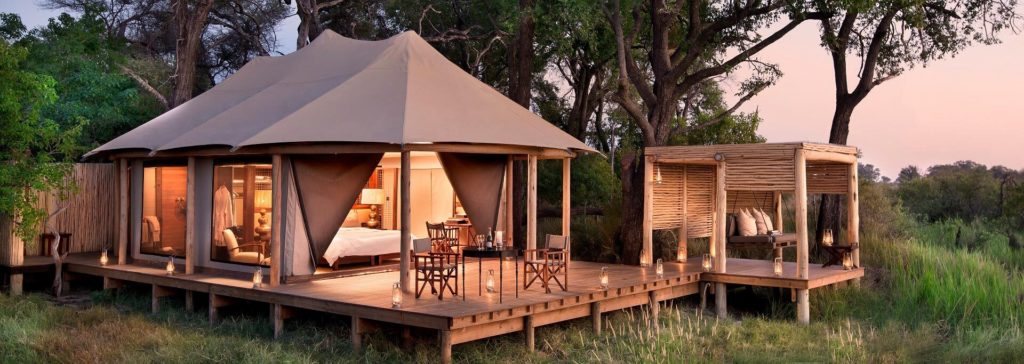
Has anyone got data for the current water levels and if the floods will reach Maun this year